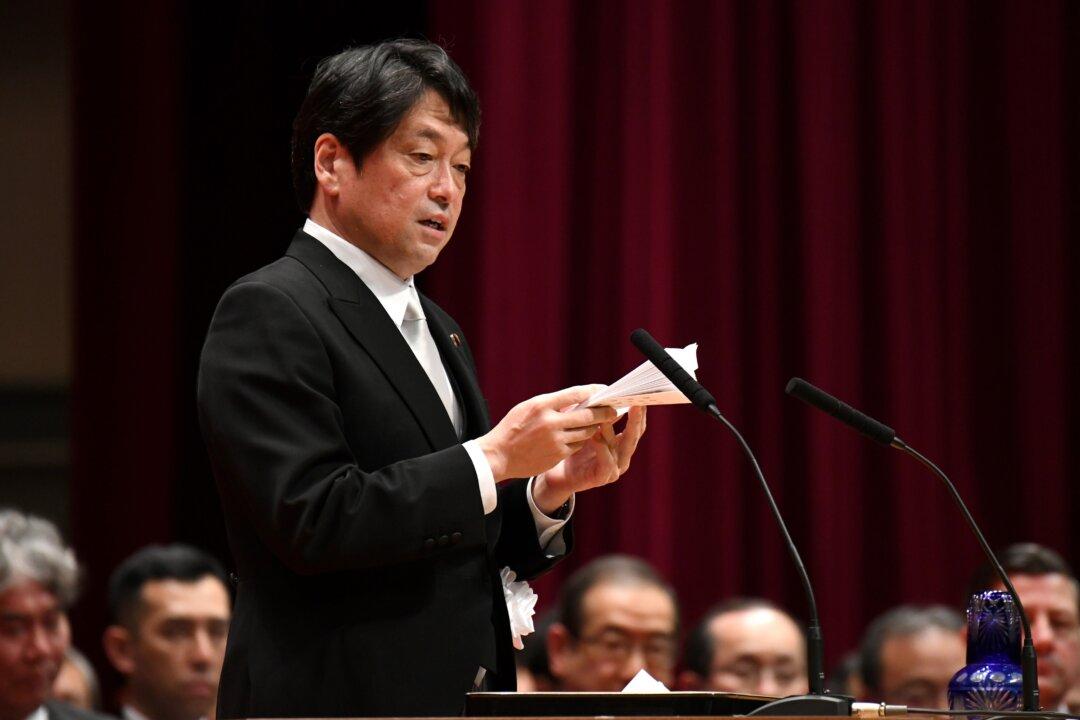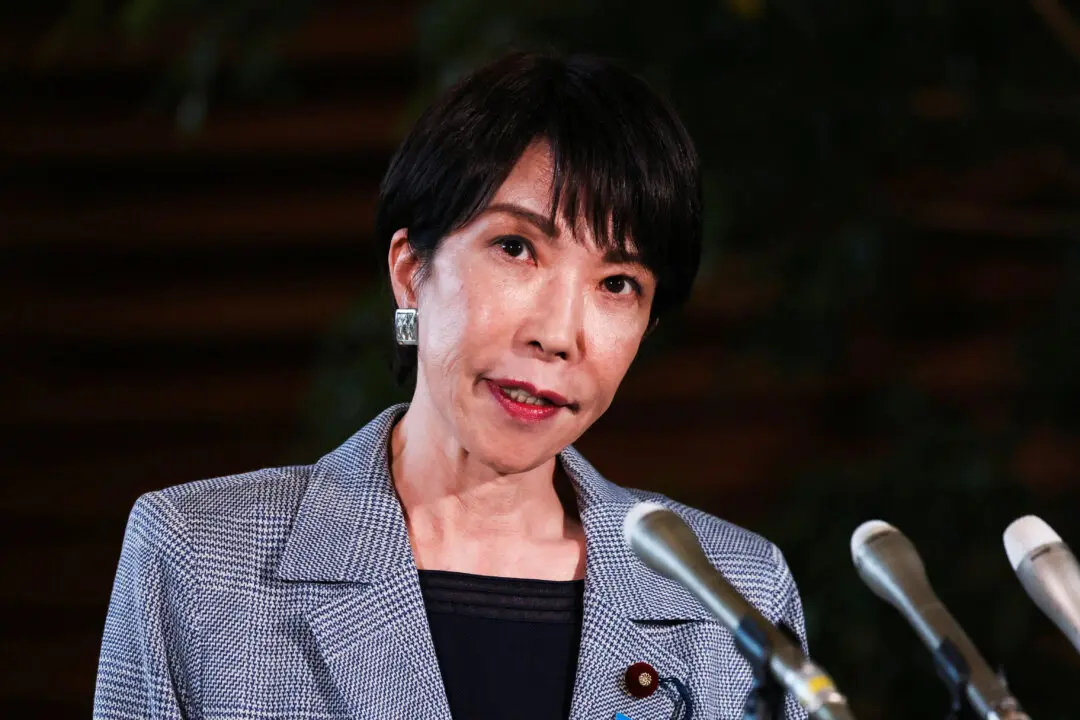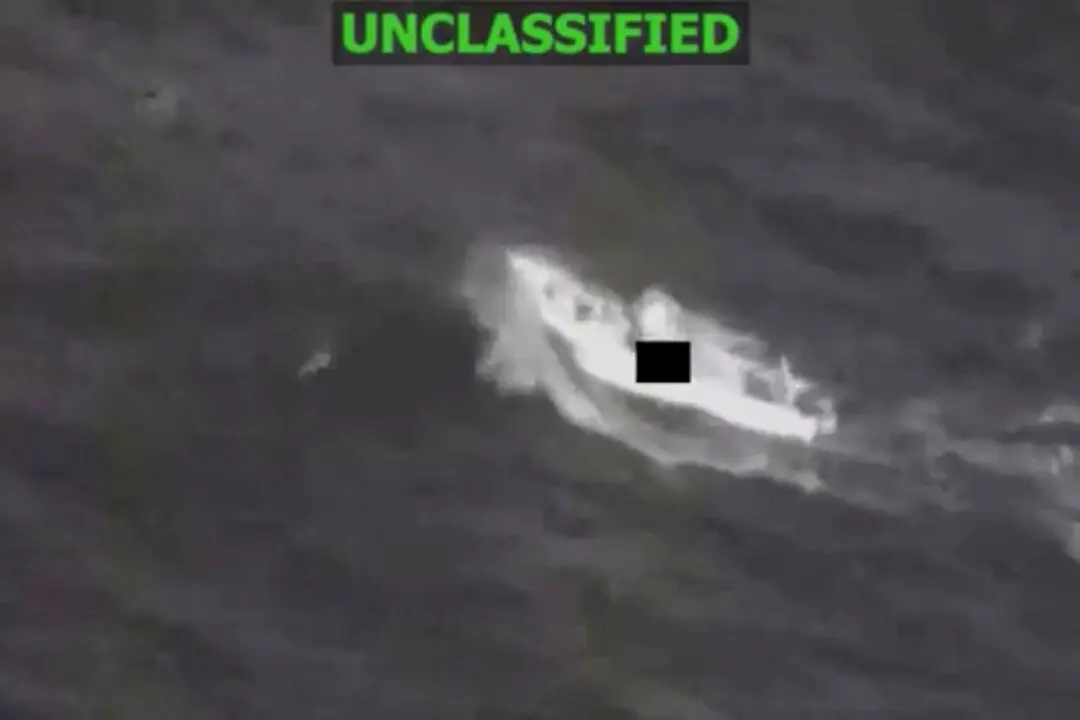A former Japanese defense minister said the recent sightings of suspected Chinese spy balloons around the world had underlined the need for intelligence sharing between Japan and Taiwan on aerial threats.
Former Defense Minister Itsunori Onodera said that while Japan and Taiwan cannot cooperate directly due to the absence of formal diplomatic ties, they can coordinate with the United States to share information.





